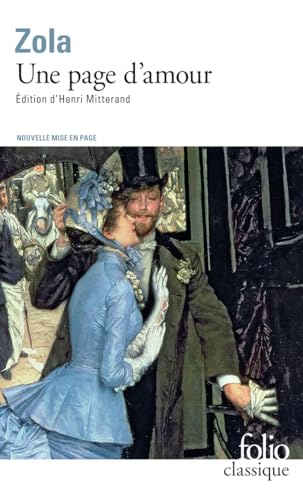What do you think?
Rate this book


480 pages
First published January 1, 1877
With each blow of the stick that cut open the wooden heads, the pitiless spectators howled with laughter; and the blades thrust into the chests, the duels where the adversaries bashed one another’s heads as if they were empty gourds, the massacred limbs and the arms of the pulped characters caused the shouts of laughter from all sides to helplessly redouble in volume. Best of all was when Punch sawed the Policeman’s neck in half on the edge of the stage, the operation caused such a degree of hilarity that the rows of spectators all pushed and fell one on top of another. A little girl of four, white and pink, clutched her tiny hands to her heart in ecstasy, she loved it so much.But for this scene, for the reader, the story up until this point is quite a bore….until Henri quietly confesses his love for Hélène, setting up a series of events, mostly predictable if one is familiar with Zola, that lead to an unhappy, tragic conclusion.
